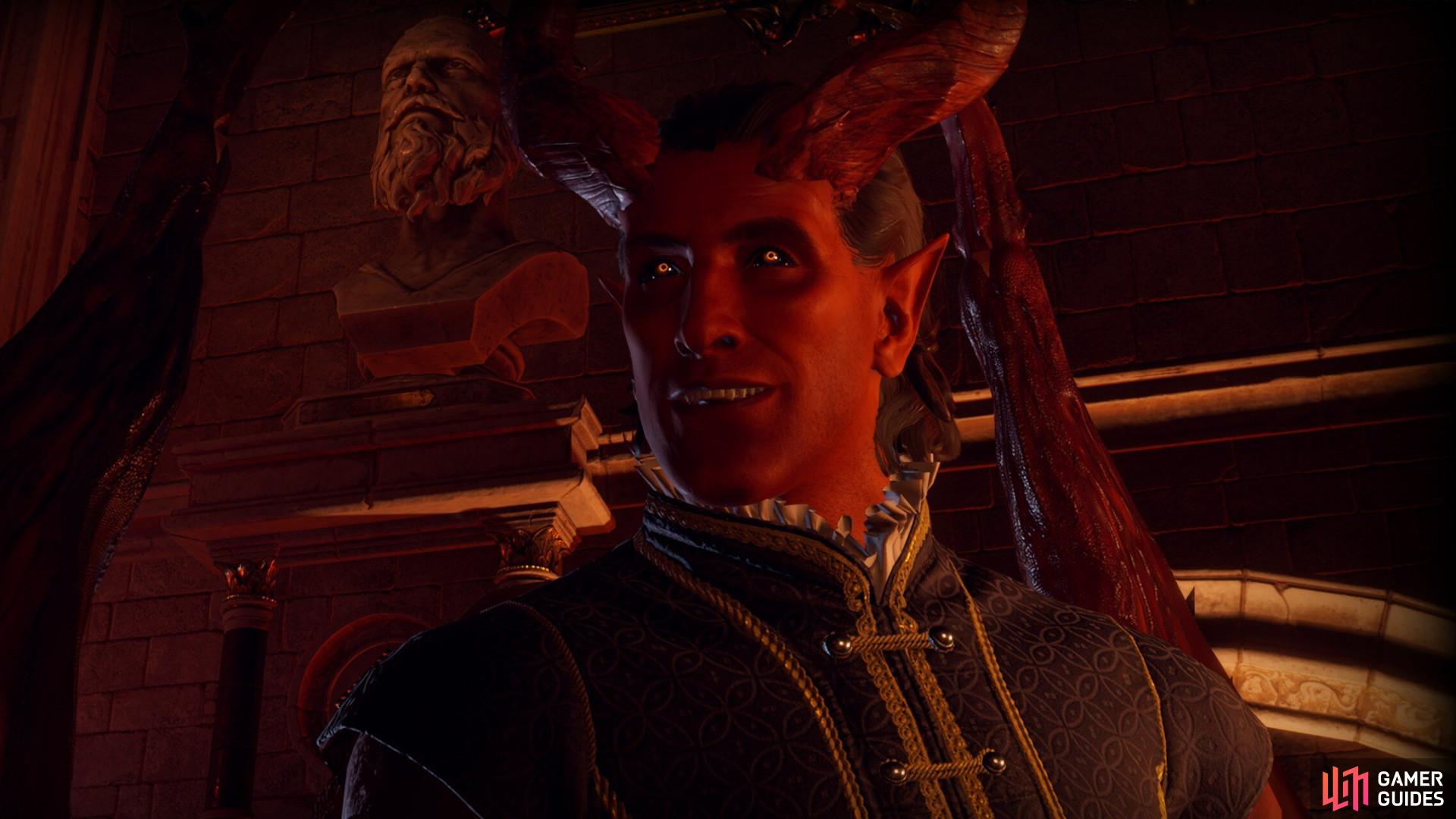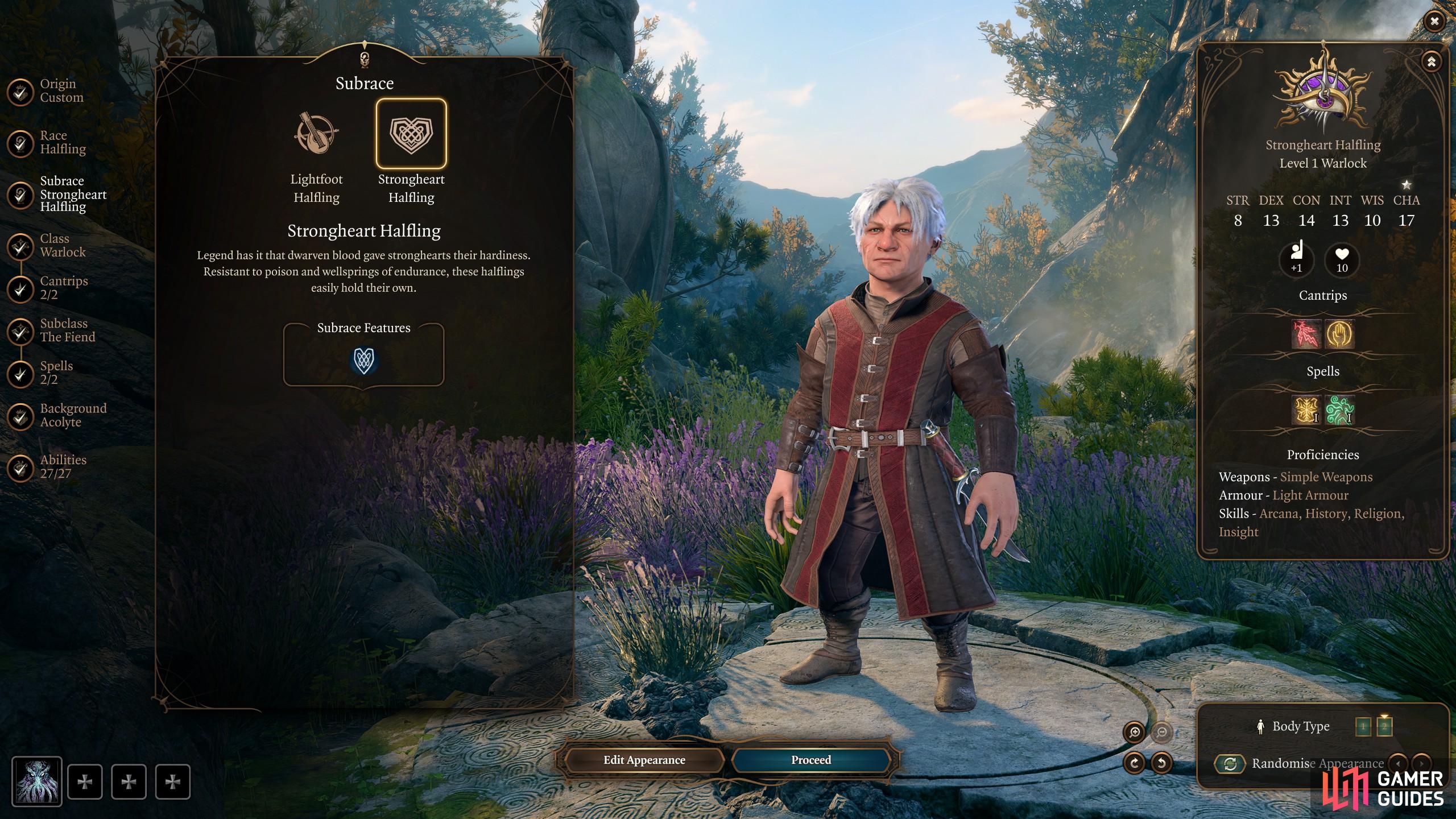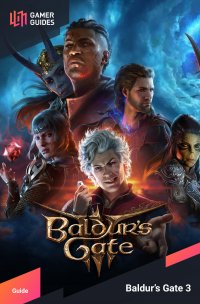The Warlock is a class in Baldur’s Gate 3 that is typically an Eldritch blast bot, constantly spamming their cantrips to do some sizable damage through the fight. However, when you get access to multiclassing, players can start experimenting with other types of classes to add other passive bonuses to their playstyle.
In this case, players familiar with 5e probably know all the Warlock multiclassing additions you can make to create some incredibly powerful builds. One of them being the Coffeelock. While the ruleset in 5e has been somewhat updated to nerf the “Coffeelock” with Exhaustion after much time spent not long resting, Baldur’s Gate 3 does not have this feature. However, they are mandated to long rest when everyone else long rests, so it’s something to be mindful of. With that said, and some of the custom rules added to BG3, the coffeelock has lots of spell slots, and new rules to make a for a very interesting, bursty, and controlling playstyle, depending on the requirements as you play each fight. You’ll still feel like your on coffee able to pump out spells and do some crazy turns, just like the 5e Coffelock, albeit with its own Larian spin.
Note this build is not designed for Wyll, as Wyll is a Pact of the Blade in canon. We’ll build for Wyll eventually to do some form of Hexblade / Pact of the Blade, as we know Larian custom-built the Warlock a little to incorporate Hexblade-style combat into the Pact of the Blade playstyle. We’ll do this in our Wyll build at some point alter when we are more familiar with the ruleset changes.
Baldur’s Gate 3 Warlock Build: The Coffelock¶
Here is a look at our Baldur’s Gate 3 Warlock Build, featuring multiclassing options, levels in each class, and synergy for the playstyle.
Before we explain the build, here’s an example of what your level spread will look like by level 12, the BG3 level cap at launch.
- Warlock: 3
- Sorc: 3
- Wizard: 3 or 6
- Optional: Rogue 3
The idea behind the Coffeelock is that you use the base Warlock class, and get it to level three. From there, you start speccing into Sorcerer to get the Metamagic options. So, when you get to level 5, you’ll have activated the coffeelock build at its earliest form. We don’t recommend doing this straight away, rather you can respec from level 5 to turn a basic eldritch blast warlock build until you get to this point. Typically, you get to level 5 around the end of Act 1 or slightly earlier, depending on how many quests and battles you’ve been a part of.
Once you’re at that point, the level 3 Warlock grants access to spells hitting for higher spell levels. You also get more spell slots. This is important as when you spec into Sorcerer, you start getting Sorcerer points. You gain these points whenever you consume spells. So, using a Warlock spell grants Sorc points, and then you spend those points to either nuke something with a Warlock or Sorc spell of your choice. This, in theory, makes you one of the burstiest classes in the game.
In some of the interactions, you can use your Sorc points on various meta-magics. Take the Twinned spell for example. It can allow you to cast the warlock’s ![]() Crown of Madness (if you go Fiend) to make two enemies start fighting their allies in combat. This is some heavy CC and damage usage. You can also use this with Archfey’s sleep, or maybe even
Crown of Madness (if you go Fiend) to make two enemies start fighting their allies in combat. This is some heavy CC and damage usage. You can also use this with Archfey’s sleep, or maybe even ![]() Dissonant Whispers if you go Old One. We recommend Great Old One, as then you can learn Tasha’s Laughter and Dissonant Whispers for lots of damage and control with your Sorc modifiers.
Dissonant Whispers if you go Old One. We recommend Great Old One, as then you can learn Tasha’s Laughter and Dissonant Whispers for lots of damage and control with your Sorc modifiers.
When you reach level 6, you can take your Sorcerer to level 3. This now adds other Metamagic to the list of options. The most ideal here is the Heightened Spell. When you use Heightened Spell, you consume 3 Sorcerer Points, and you can now cast a spell in your bonus action. Now, this means you can essentially cast 2 spells on that turn. Because spells cast always generate Sorc points, it means you can do your cast and then another cast, and have 2 sorc points back.
From this point on, you will want to spend your remaining levels on Wizard levels. The reason why is that the Wizard is jam-packed with spell slots for leveling. This grants you more room to cast your spells in combat and ramp up your combat potential for even bigger damage windows for some of the highest total damage per turn opportunities in the game. Being able to cast this often in a turn should even beat the DPT (damage per turn) that Extra Attack martial classes can do in the late game.
Sub classes & Feats¶
- Sorcerer - Storm Sorcery: You will not take advantage of the 6th level bonuses from Draconic Bloodlines, as you won’t get that high level using Sorc using this build. Meanwhile, the randomness of the Wild Magic can be somewhat troublesome for the playstyle. It leaves only Storm Sorcery on occasion.
- Warlock - Great Old One: You get access to more control spells in case you need to Twin Spell crowd control. Moreso, some of the Great Old One options allow you to do some very high damage, so you can always throw them out in your burst windows too with Heightened Spells.
- Wizard: Preference really, depends if there’s a specific school you want to include in your learned spell list for buffs, damage, etc.
- Rogue: If you opt for this multiclass too, then, you go Thief for Extra Hands for the additional bonus action to use with Heightened Spell.
When you get to use a Feat, you can look at the following options:
- Lucky: You gain 3 Lucky Points, which you can use to gain advantage on attack rolls, ability checks, or saving throws. Or to make an enemy reroll their attacks rolls.
- Spell Sniper: You learn a Cantrip, and the number you need to roll a critical hit while attacking is reduced by. This effect can stack.
- Resilient - Better constitution, and therefore health.
Lightly Armored: Gain light armor proficiency and increase your Dexterity or Strength by one point, up to a max of 20. - Decent for your armor usage and gaining some extra dex for initiative and AC bonus.
Best Race for Warlock Builds in BG3¶
Halflings present some of the best race options for Warlocks because of Lucky and Brave starting feats.
If you’re looking to min-max, then the best race for Baldur’s Gate 3 Warlock build is the Half-Elf. It doesn’t really matter which option you go with of the half-wood, high or draw options, as you naturally get two to Charisma anyway, which is the main stat of the Warlock and Sorcerer. You also get to place two additional points however you want. We recommend placing an additional one in Dexterity, as that grants you a +2 to Dex ability checks, plus grants better AC and initiative for combat. The other point you can spend on Intellect for intelligence-related rolls and better scalings when you start using Wizard points later on.
-
Halfling: You get Lucky and Brave built in for better modifiers and re roll 1s on attacks.
-
Gnome: Gnome cunning grants advantages on wisdom, int and charisma saving throws, which you will have decent amounts of with your spell casting stat spread, especially charisma.
-
 Cold, Black, White or Silver Dragonborn: These creatures get resistances to some of the damage types you deal with some of the Great Old One spells.
Cold, Black, White or Silver Dragonborn: These creatures get resistances to some of the damage types you deal with some of the Great Old One spells.
Other than that, it doesn’t really matter all too much what race you pick. As long as you have decent charisma and dexterity, then you’re fine.
This concludes our Baldur’s Gate 3 Warlock build guide. Hopefully, you now have an idea of how this very multiclass heavy Warlock build works, allowing you to reap havoc across the battlefield with your high charisma spells, and multiple casts of spells per turn(s).
Read More:



 Sign up
Sign up
No Comments